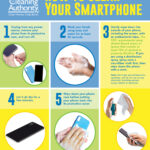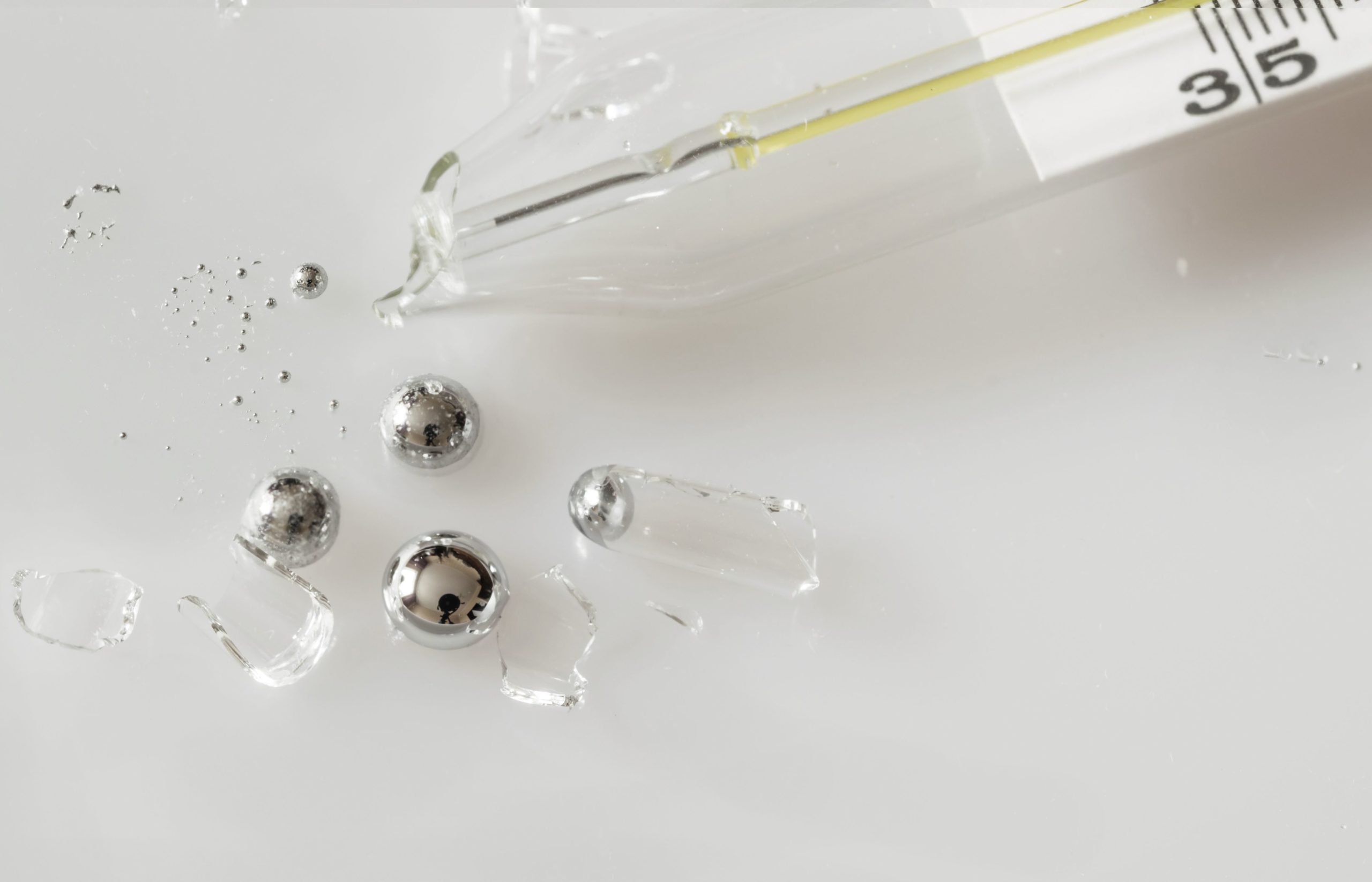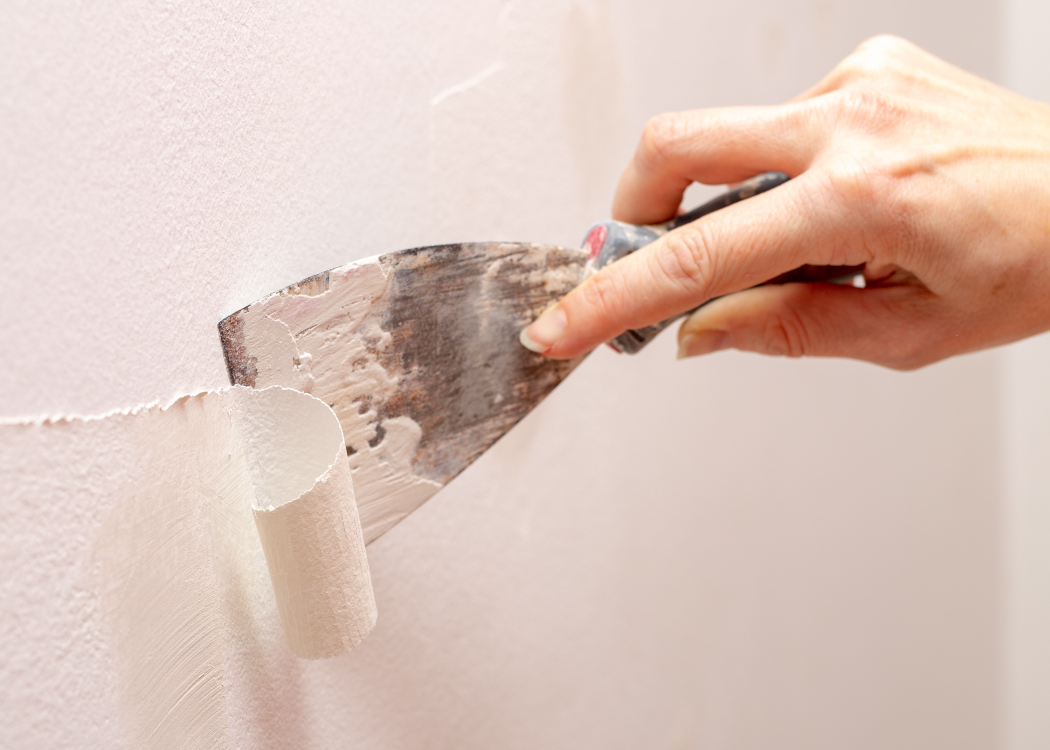Certainly! Below is the SEO-optimized article based on the provided briefing:
—
Accidentally breaking a mercury thermometer can be a worrying experience, especially when the hazardous properties of mercury are considered. Knowing the correct steps to manage the situation is crucial for your safety and the environment. If you’re wondering, “Broke a mercury thermometer? Here’s how to safely clean it up,” you’re in the right place. We’ll guide you through identifying mercury, the risks involved, and the safe cleanup and disposal procedures.
Whether you’re dealing with such an incident at home or in a workplace setting, taking immediate and appropriate action is key. Let’s dive into the necessary measures and alternatives available to ensure your peace of mind during such events.
What To Do If A Mercury Thermometer Breaks?
If you find yourself with a broken mercury thermometer, the first step is to stay calm. Mercury can be dangerous, so it’s essential to handle the situation carefully. Start by clearing the area – remove people and pets to prevent mercury exposure. Ventilate the room by opening windows and doors to disperse any harmful vapors.
Next, avoid using a vacuum cleaner or broom as this can spread mercury droplets or vapors further. Instead, put on protective gloves and prepare to collect the mercury beads with care.
Collect small mercury beads with adhesive tape, a damp paper towel, or an eyedropper. For larger spills, carefully use pieces of cardboard to gather the mercury into a single bead. Place all mercury-containing materials in a sealable container and label it as hazardous waste.
Once you have secured the mercury, contact your local hazardous waste disposal service to find out the best way to dispose of it properly. Never pour mercury down a drain, and do not throw it into the trash as it could harm sanitation workers or the environment.
How Can You Identify Mercury In A Thermometer?
Mercury thermometers are not as common as they once were, but it’s still useful to know how to identify them. Mercury is a liquid at room temperature and has a distinct, shiny silver-white appearance. In thermometers, it is held in a small glass bulb or tube.

One way to determine if your thermometer contains mercury is to look for the words “mercury” or the symbol “Hg” on it. If you’re unable to find any labeling, consider the age of the thermometer – older thermometers are more likely to contain mercury. If in doubt, treat it as if it contains mercury and follow the appropriate precautions during disposal.
Modern alternatives like digital or alcohol-based thermometers do not contain mercury and can be identified by their digital screens or colored liquid, respectively.
What Are The Risks Of Mercury Exposure?
Exposure to mercury can lead to serious health problems, particularly for young children, pregnant women, and fetuses. Mercury affects the nervous system and can cause symptoms such as irritability, tremors, memory problems, and changes in vision or hearing.
Mercury vapor is particularly harmful because it can be inhaled into the lungs, where it enters the bloodstream and travels throughout the body. This is why adequate ventilation during a spill is critical.
Long-term exposure to mercury can result in chronic health issues, including kidney damage and neurological disorders. It’s essential to minimize exposure and handle mercury spills with utmost caution.
How Do You Clean Up A Mercury Spill Safely?
Cleaning up a mercury spill requires patience and precision. Start by donning rubber gloves and, if available, a face mask to prevent inhalation of vapors. Use a piece of stiff paper or cardboard to corral the mercury beads.
Use a flashlight to highlight any mercury beads that may have scattered, as the shiny surface of the mercury will reflect light. Sticky tape or a damp paper towel can pick up smaller droplets.

- Place all gathered mercury into a sealable plastic bag or container.
- Use an eyedropper to collect any tiny droplets of mercury.
- Securely seal the container and label it before disposing of it properly.
After the mercury has been secured, continue to ventilate the area for several hours. If you have any doubt about whether you’ve cleaned up all the mercury, it’s best to contact a professional cleaning service experienced in handling hazardous materials.
What Are The Safe Alternatives To Mercury Thermometers?
Given the risks associated with mercury thermometers, it’s wise to consider safer alternatives. Digital thermometers are an excellent choice as they pose no threat of mercury exposure and provide accurate readings. Alcohol or galinstan thermometers are other options; they use non-toxic substances that are safe for home use.
Earmarking these alternatives not only protects your family from potential mercury exposure but also contributes to environmental conservation efforts. When purchasing a thermometer, look for words like “mercury-free” or “digital” to ensure safety.
How Should You Dispose Of A Broken Mercury Thermometer?
Disposing of a broken mercury thermometer should be done with extreme care. After collecting all the mercury beads, place them in a secure container and contact your local environmental or health agency for instructions on proper disposal.
Many areas have hazardous waste collection sites or offer pickup services for materials like mercury. Do not dispose of mercury in your regular trash or recycling bin, and absolutely avoid flushing it down the toilet or sink.
By following the correct disposal procedures, you help prevent potential mercury poisoning and environmental contamination.
What Are The Symptoms Of Mercury Poisoning?
The symptoms of mercury poisoning can vary depending on the duration and level of exposure. Acute symptoms may include coughing, difficulty breathing, or a metallic taste in the mouth. Long-term exposure can lead to more severe symptoms such as muscle weakness, coordination problems, and neurological impacts.

Children and pregnant women are particularly at risk; with potential developmental disorders and impacts on cognitive functions. If you suspect mercury poisoning, seek medical attention immediately and inform the healthcare provider about the exposure.
Remember to always handle mercury with care and to prevent unnecessary exposure. Educating yourself and others on the dangers of mercury and how to deal with spills is an important step in maintaining a safe environment.
Related Questions on Mercury Thermometer Cleanup
What Happens If You Touch Mercury From A Broken Thermometer?
Touching mercury from a broken thermometer can lead to mercury absorption through the skin, although it’s less hazardous than inhalation. It’s advisable to avoid direct skin contact and to use gloves when handling mercury.
If skin contact occurs, thoroughly wash the area with soap and water, and remove any contaminated clothing. While short-term contact might not cause immediate harm, repeated exposure increases the risks of mercury poisoning.
How To Clean Up Mercury From A Broken Thermometer?
Cleaning up mercury requires careful handling. Use stiff paper or cardboard to gently push the beads into one larger droplet, then use adhesive tape or a damp paper towel to pick up smaller droplets. Place all the mercury into a sealable container and dispose of it as hazardous waste.
Avoid using a vacuum or broom, and do not pour mercury down the drain. Ensure you ventilate the area well during and after cleanup.
Is Spilled Mercury Dangerous?
Yes, spilled mercury is dangerous due to its toxic properties and the ability for its vapor to be inhaled. Immediate action and proper cleanup are essential to minimize exposure and potential health risks.

Always treat mercury spills seriously and follow recommended safety guidelines for handling and disposal.
What To Do If Mercury Thermometer Breaks?
If a mercury thermometer breaks, immediately clear the area of people and pets, ventilate the room, and avoid vacuuming or sweeping. Collect the mercury beads using tape, paper towels, or eyedroppers, and dispose of them according to local hazardous waste regulations.
Can Thermometer Mercury Kill You?
While it’s unlikely that the amount of mercury in a thermometer is fatal, it can cause significant health problems. Large or repeated exposures increase the risk of severe mercury poisoning, which can be life-threatening. Always handle mercury with care and understand the proper cleanup procedures.
We hope this guide has been helpful in addressing your concerns about broke a mercury thermometer and how to safely clean it up. Remember, the key is to act quickly, follow safe handling procedures, and consider safer alternatives for future use.
For more insights on handling such situations, check out this helpful video:
—
 How to safely clean up and dispose of a broken fluorescent light bulb
How to safely clean up and dispose of a broken fluorescent light bulb






This is such a practical guide! Breaking a thermometer can be super stressful, but knowing exactly how to handle it makes a huge difference. Thanks for laying out the steps so clearly and for highlighting the importance of safe disposal. Also, love that you pointed out those digital and alcohol-based alternatives—definitely the way to go nowadays!